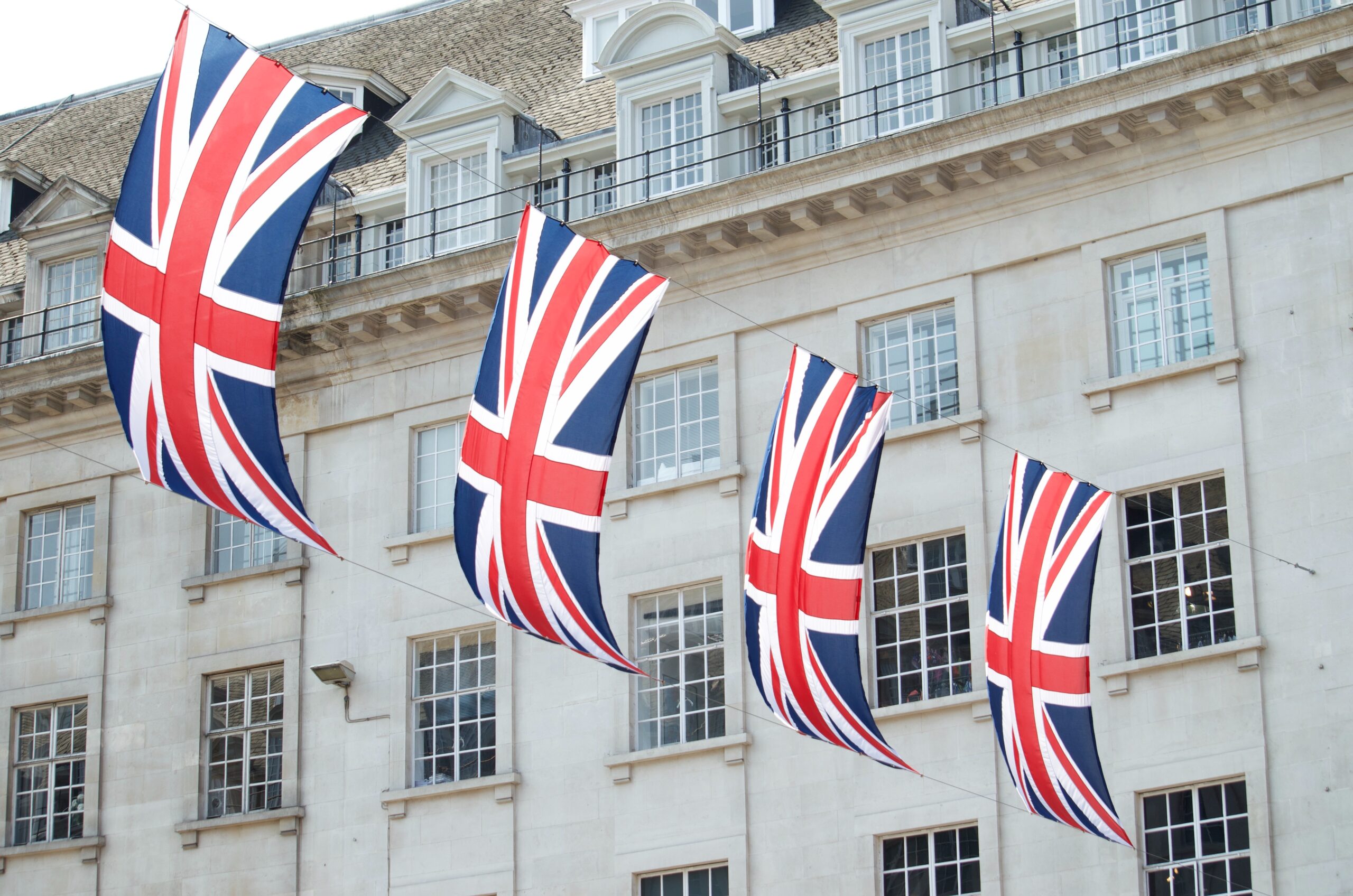
20 Oct Investor and occupier demand for UK commercial property is rising
The latest RICS UK Commercial Property Survey Q2 2021 shows that confidence and investor interest in the UK’s commercial property sector is well on the road to recovery.
While the pandemic is still with us, restrictions have been lifted in the UK for the most part. This means people are heading back to the office after a long period of remote working, and that investor sentiment is growing all the time.
The commercial property sector is on an upward trajectory.
According to the survey, 56% of respondents believe that the market is growing and recovery fast. This is backed by investor interest in UK commercial property, too – more than 15% of respondents report an increase in enquiries for commercial property.
Unsurprisingly, given the changing consumer demands during the pandemic, the industrial subsector continues to interest investors the most, with an increase of 64%. This is by far the strongest sector within the commercial property at the moment, but offices are recovering too.
During the first quarter of the year, investor interest in office space was at -18%, but by the second quarter recovered to 4%. Now that people are returning to their commute and offices in city centres, this is likely to increase.
At the height of lockdown, there appeared to be a shift in thinking about remote working, with many predicting it was here to stay even after the pandemic. This would have had enormous implications for commercial office investors, but with industry leaders increasingly demanding that employees go back into the office, this is looking less and less likely.
Rather than a new normal consisting of mostly remote working with some in-person meetings, it appears that the UK corporate sector is instead going back to how it was. We’re now close to pre-pandemic levels of commuting, which is taking its toll on the environment and employee wellbeing. Despite this, it’s good news for investors in the commercial property sector.
Investor and occupier demand are both increasing fast
Occupier demand is also rising quickly across every commercial property subsector. According to the report, demand is the highest since 2016. We’re beginning to see occupier trends stabilise, particularly for commercial office space.
The biggest occupier demand increase is for prime office space on the South, which is up 7%. Prime office space is also in demand in other regions, and in London, it’s flat at -3%, up from -79% in the last quarter of 2020.
Industrial space is most in demand from investors and occupiers alike. In recent months, retail has had a more positive outlook, with -25% of respondents reporting a drop in demand between March and June 2021, up from -55% in Q1 2021.
This increase in demand is putting pressure on supply, particularly when it comes to industrial property. The availability of space mirrors the demand ratios from occupiers and investors. Industrial space is at a premium because it’s very limited.
While this is partly due to the changing use of industrial property during the pandemic, 2021 is the eighth concurrent year respondents flagged the lack of industrial space in the UK. There is a clear opportunity for investors to get in on the ground with development projects in this sector.
It’s a different story with office and retail space, and there is plenty available and leasable. However, the shift towards far fewer vacancies is gathering pace. There are also plenty of incentives on offer to prospective occupiers.
Rents are rising across the industrial subsector.
It is expected that prime industrial space rents will rise by 5% over the next year. Secondary industrial rents are also set to increase over the next 12 months by about 3%.
While office rents are set to fall over the next year, it’s only by 1% for prime space. Secondary office space rents are expected to decrease by 4%, but I think that by 2025 they will be back up to pre-pandemic levels.
Retail rents will inevitably continue to fall, with current projections estimating that prime retail space rents will decrease by 5.5% and secondary retail space by 8% over the next 12 months.
Capital value will grow across commercial property in broadly the same way. Respondents say they expect growth in value, particularly in non-traditional markets, such as care homes and data centres. Student housing is regaining ground and is now neutral in terms of value, with hotels only negative by -1%.
The 56% of respondents who believe that full recovery is on its way for the UK’s commercial property sector is up from 38% in Q1 2021. This shows the general upward trajectory for occupier and investor confidence in this sector. Demand trends will continue to level out and stabilise, particularly for commercial office space.
Even London’s prime office market is starting to shake off an extremely negative period. For commercial property investors, now is the time to consider your options seriously.

Rouzbeh Pirouz is Co-Founder and Senior Partner at London-based Pelican Partners, a real estate and private equity investment firm. On this website you can find out more about his life, work and experience.


